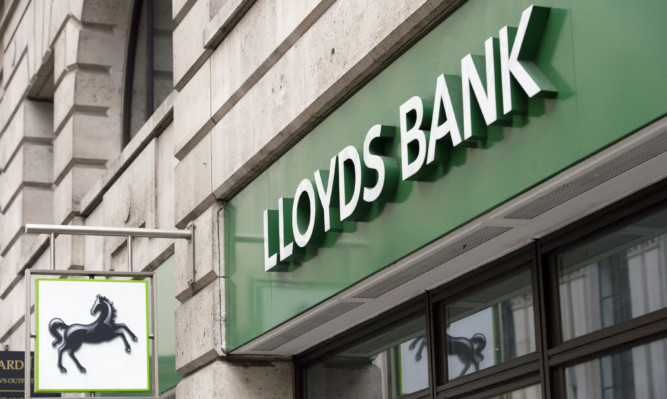The Government has sold another 1% chunk of Lloyds Banking Group, taking its stake in the lender to less than 13%.
It means the Government has now recouped around £14.5 billion of the £20.5 billion spent bailing out the lender at the height of the financial crisis in 2008.
The Treasury has reduced its stake from 24.9% when it announced a trading plan in December to sell shares gradually into the market. It now stands at 12.97%.
Chancellor George Osborne said it was “fantastic news”.
He said: “I am determined to build on this success, and to continue to return Lloyds to the private sector and reduce our national debt.”
A Lloyds spokesman said: “Today’s announcement shows the further progress made in returning Lloyds Banking Group to full private ownership and enabling the taxpayer to get their money back.
“This reflects the hard work undertaken over the last four years to transform the Group into a simple, low-risk and customer-focused bank that is committed to helping Britain prosper.”
The price paid for the latest 1% chunk was not disclosed, but at market prices it is worth around £500 million. The current trading plan will end no later than December 31.
Last month, Lloyds cheered investors with a 0.75p interim dividend – amounting to £535 million – after reporting a 38% rise in half-year pre-tax profits to £1.19 billion, despite taking a fresh £1.4 billion hit for payment protection insurance mis-selling.
It came after the group had already made its first shareholder pay-out since 2008 following full-year results earlier in the year.
At the time of the half-year results in July, the bank said that having now resumed dividend payouts, it will consider using excess capital to distribute special dividends.
This is expected to make the stock more attractive for a “Tell Sid” style sell-off to ordinary retail investors that is being planned, likely to come at the end of the current trading plan.
Chief executive Antonio Horta-Osorio said last month that Lloyds was on course to be fully privatised over the next year.
